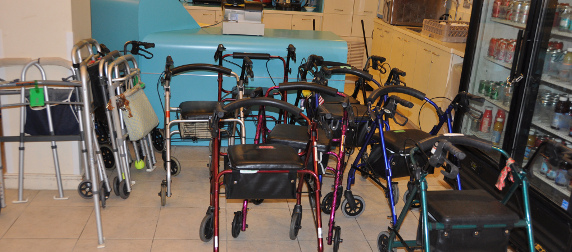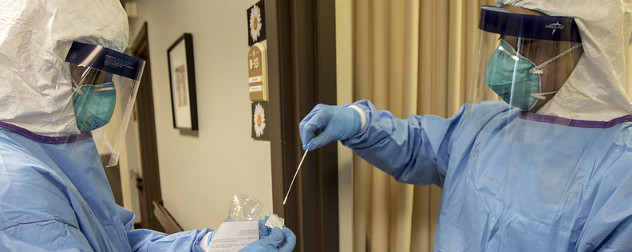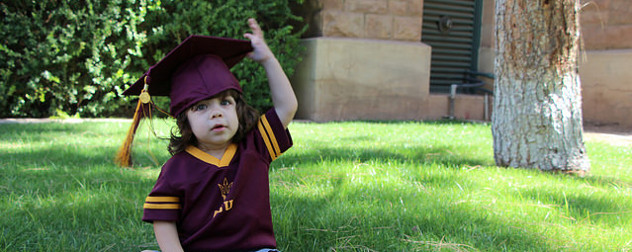I recently had a conversation with a client whose 80-year-old mother is mentally alert but physically infirm.
We were discussing her upcoming move to an assisted living facility. Our discussion was mostly, as you would imagine, about the financial ramifications of this change. But I also wanted to give him a heads-up about something else he might want to consider as his mother moves from her home to the facility.
The general perception is that a resident in an assisted living facility is safer from accidents, especially falls, than is someone living on their own. In my experience, the reality is that such a difference is slight, if not nonexistent.
Assisted living facilities can be very useful in many ways. Staff members make sure that residents take their medication, eat regular meals, are bathed and dressed each day and enjoy some level of companionship. But most residents have their own room or studio apartment, and they sleep alone at night. For those who are ambulatory, falls are always a risk, but especially so in the dark.
For those who fall in an assisted living facility, there is one advantage: Someone will find them promptly and call for help. (Incidentally, this is the same level of benefit conferred by Life Alert and similar medical alert products.) Prompt attention is good, but the damage may already be done. All it takes is one fall to potentially ruin someone’s quality of life, often permanently.
I saw this first-hand when my wife’s aunt was in such a facility. In a recurring cycle, she would fall and end up in the hospital. She would stay there for several days, often on powerful pain medication. While in the hospital, she became deconditioned and weak, which made her even more prone to falling just as she returned to the facility. (A rough rule of thumb is that a geriatric patient loses 1 percent of muscle mass for each day spent in bed.) Every repetition of this cycle noticeably worsened her overall condition.
Falls have always been a threat to older adults, but as our population ages and longevity increases, the issue has come into sharper relief. The New York Times recently ran a pair of articles that describe the profound effect falls can have for people older than 65, and some of the measures nursing homes and assisted living facilities take to try and keep their residents safe. While it is clear that many facilities are willing to put a lot of effort into preventing falls, predicting them can be difficult on a case-by-case basis.
The Times reported that 24,000 people over 65 died after a fall in 2012, the most recent year for which data was available. More than 2.4 million people over 65 received emergency treatment for fall-related injuries that same year. Nonfatal falls can often result in permanently reduced mobility, with the resulting loss of independence and, in many cases, increased anxiety about falling again.
The only reasonably foolproof solution is round-the-clock attention, which is beyond the standard level of assisted living care. This measure was nonetheless common in my wife’s aunt’s facility, where the patients and their families usually had a bit of money to spend on personal aides. Some assisted living facilities sometimes provide such supervision in cases where a resident is deemed to be at high risk; in others, the patient’s loved ones must arrange it themselves. But unless someone is there to make sure the resident never walks anywhere alone, falls can and probably will happen. We hired aides to stay with my wife’s aunt around the clock, and they were with her for the last six years of her life - the last five of which were spent at home, after she decided to leave assisted living.
As my wife’s aunt discovered, if we employ personal to aides to prevent falls, some of the rationales for institutional assisted living effectively vanish. Good aides make sure their charges take their medication, eat regular meals, are bathed and dressed, and have companionship. They do all these things, too, without the facility’s built-in overhead costs. Greater access to home health aides would mean fewer people would need the care assisted living facilities provide, especially those who do not suffer from dementia.
But there is a labor shortage in this area. Few Americans willingly take on this difficult but necessary work. One aspect of the immigration debate that is seldom discussed is that we need foreign labor in order to create an ample supply of young, able and willing people here to care for our growing elderly population.
Immigration reform alone is not a complete answer, of course. The complicated bureaucracy attendant on hiring home health aides also needs to be addressed. We should make it simpler and cheaper for families to hire the help they need.
Home health workers are not a one-size-fits-all solution. There will always be good assisted living facilities, and people who want to live in them. But in an institution or at home, one of the biggest challenges of caring for aging parents is keeping them safe from falls. If immigration reform helps get us there, it is one more point in its favor.














December 3, 2014 - 6:22 pm
I completely agree with the point you are making regarding the Direct Care Workforce and immigration reform.
Our government also need to increase the number of training hours that are required and standardize the training content as they have done with Certified Nursing Assistants. CNA receive the most training 75 hours nationally although a few states require more hours. In Arizona dog groomers are required to have 600 hours of training.
I also believe that anyone who wishes to enter training be screened . Not every person who wants to become a DCW is suited to do this very important work.
More federal training dollars need to be directed to building this workforce given the exponential growth in the senior population and their need for long term care.
Our government pays for more than 75% of long term care and will need to increase reimbursement to the providers who in turn will need to be mandated to do a wage pass through to Direct Care Works. There will also need to subsidy to Home Care company’s that provided private pay services so they can remain competitive with worker wages and not have to pass this cost on to the family that is paying privately. If wages aren’t raised for this workforce even immigrants will leave this for better paying less demanding work.
DCW jobs are the fastest growing job category and list as one of the worst jobs in America.
There is much work to be done to build a qualified ,stable Direct Care Workforce and time is running out.